Have you ever wondered what it would be like to have a real conversation with Max Caulfield? The character has headlined two video games in the Life is Strange series, delighting players with a quirky sense of humor and quietly introspective perspective on the world surrounding her. I’ve always thought Max was a wonderful fictitious entity, until I sat down with Hannah Telle. Spend any amount of time with the actor responsible for bringing Max to life and you’ll quickly realize that she is a very real reflection of the character.
Telle reprised her role as Max Caulfield in Life is Strange: Double Exposure, which tracks the character’s life some 10 years after the climactic events in Arcadia Bay. Another mystery propelled by supernatural shenanigans is the draw, but it’s the opportunity to reconnect with Max which acts as the propellant through it. Following my deep dive into Double Exposure with game director Jon Stauder and narrative director Felice Kuan, I spoke with Telle to better understand the challenge of reconnecting with such an iconic character.
Hannah Telle interview
GamesRadar+: What was the process like for you to step back into this role?
Hannah Telle: “It started back at the beginning of 2021. I was still a full time student at the University of Southern California studying neuroscience, and I got a call from my agent saying that Deck Nine wanted to talk to me about a potential project. You know, I had no idea what it would be, and when they told me about it I was completely shocked and thrilled. I was crying. But then I had to audition…”
GR: So your return was never a guarantee?
HT: “I had to audition because I would be doing full performance capture, and they had to make sure that I would be able to pull that off and make it look believable. So I went in for a three-day audition and then I didn’t hear anything back for several months. I was worried and thought that I didn’t do that great of a job – but I tried my best, you know. When I ended up getting the part, I was with my family and I just broke down sobbing.”
GR: How long did it take before the pressure of reprising this role start creeping in?
HT: “I was so thankful, but I was also nervous. I knew the pressure would be on everybody to make sure that this was a worthy sequel, and that people were going to have strong opinions on it. I even received some warnings from people saying, ‘I don’t know if you should do this.’ But I knew I had to do it, there was no way that I wouldn’t do it. It worked out great in the end, and it’s just been thrilling to see people get to play it.”
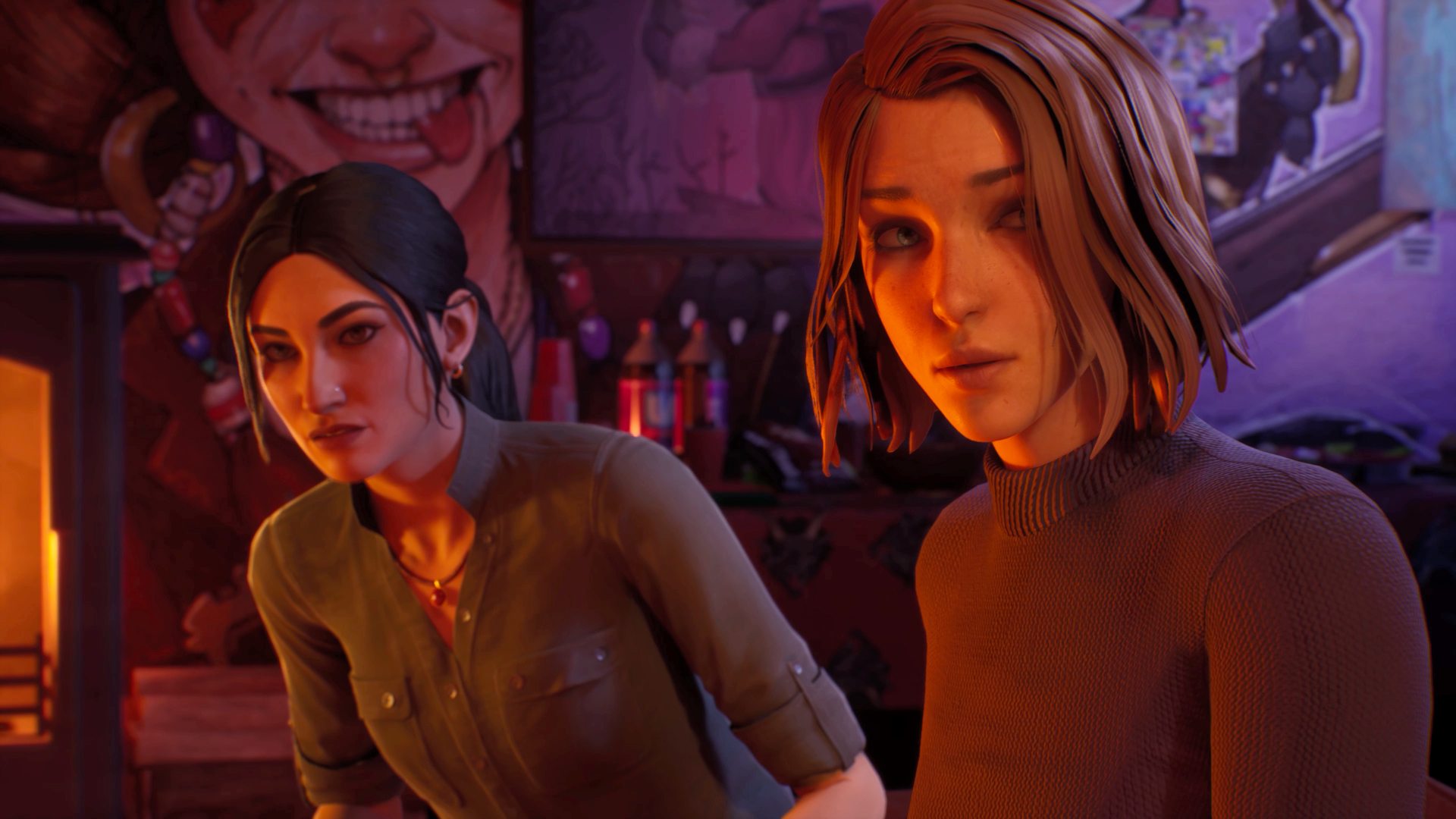
GR: We find Max at a very different stage in her life, how did you approach that process?
HT: “We started approaching this older Max from her new position of authority as an artist in residence. We really focused on the fact that she had some serious success as a photographer, and how that changes you. It makes you feel more validated in who you are as an artist, and when you’re put into a position of power in a college setting as a figure of influence, then some of your more introspective and shy qualities are not going to serve you quite as well.”
“So it came from there, figuring out how she would stand, what are her mannerisms like, how does she project her voice? She can’t just go moping around, being sad and distraught because she’s in a professional setting. Even when she’s around Safi and Moses, they are her colleagues. She has to be more outgoing and stronger and mature.”
GR: And yet, Max is still hella silly. I’m glad that this quality of her personality wasn’t weathered away over time.
HT: “I feel like Max uses comedy and humor as a way to cope with what’s going on around her. She has such a rich and lively inner life in her mind, where she has these inside jokes with herself. Honestly, that’s how my mind works too. When I’m going about my day I’ve got this funny little inner dialogue going about whatever, and I’m just cracking myself up over the stupidest things that nobody else would find funny. So I just focused on how good the writing was, finding the humor in it, and then working to try and balance it with how much pain and gravity is going on in the game. I would just focus on this thought that I have with my own self, which is that when things are going really bad I’ll just start joking about everything, because sometimes you gotta laugh to keep yourself from crying.”
GR: Life is Strange does have some great moments of levity, but it’s also exceptionally raw in places too – particularly as we see Max navigate the aftermath of Arcadia Bay, her relationship with Chloe Price, and the death of her friend Safi. Is tapping into that difficult?
HT: “I have a really strong relationship to the lore of Max and Chloe. When I was making the first game and putting all of that emotion into it, I was drawing upon things in my life – hidden deep within me – to make it as real as possible. All these years later, the game has become this huge part of my life; it encompasses every part of my dream of being an actress. So there’s a lot of heavy emotions tied up with that relationship with Chloe.”
“While we were making Double Exposure, a close friend of mine passed away, and that was very informative for my performance for how Max should relate to Safi’s death. There are places that I go and memories that I have which will trigger emotion… so it was easy to tap into those places in a way, but it’s also hard because it does take a toll.”
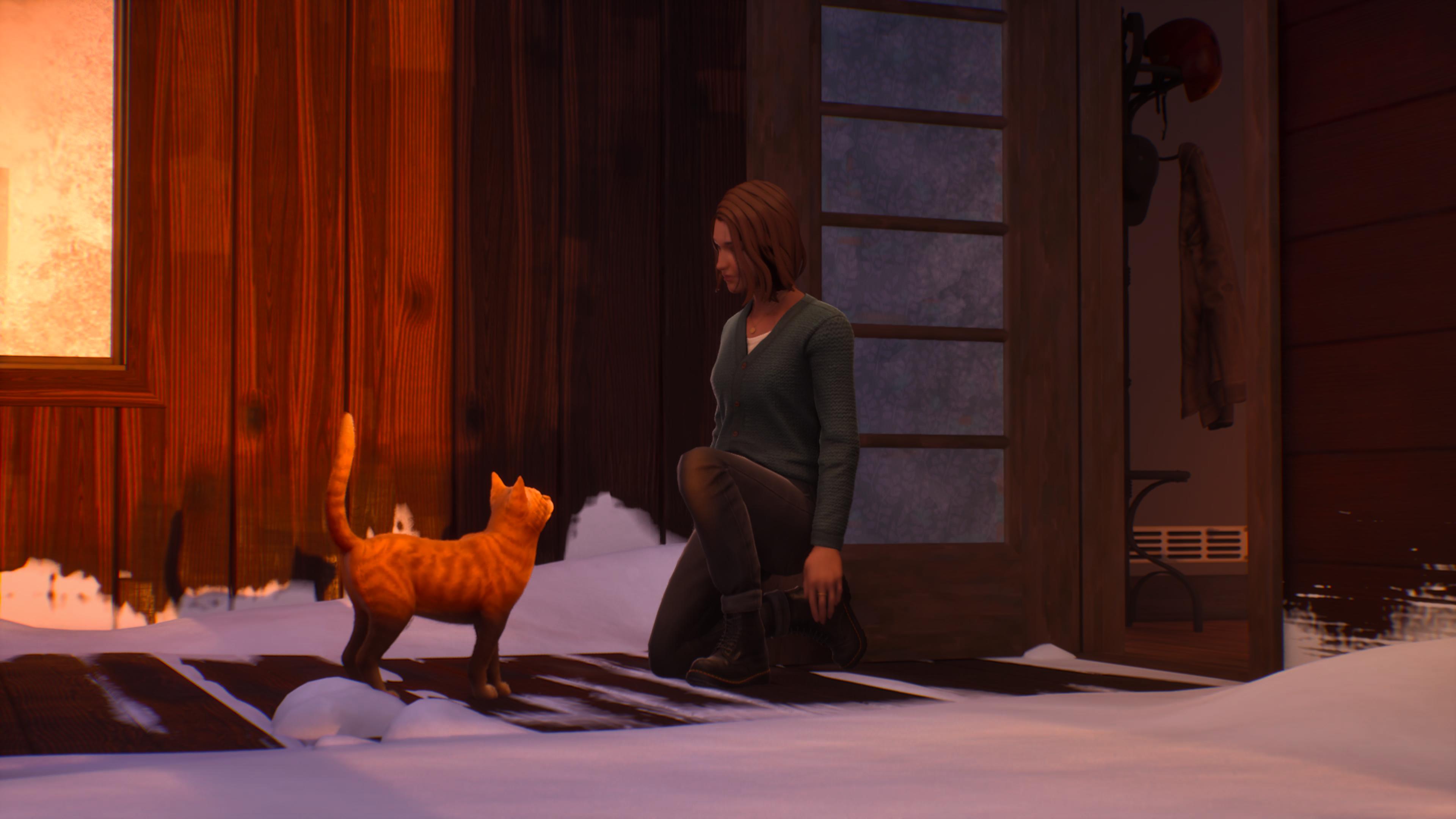
GR: What is it about the Life is Strange experience that most closely resonates with you?
HT: “I think the main theme which resonates with me from the games is the idea of thinking before you speak, of trying to think ahead – almost like a game of chess. Like, if I say this to this person, how will they react? And then maybe I should rethink that and say it in a different way. That cognitive awareness of how what you’re doing is affecting other people. I found that really enlightening, and I try to employ that in my own life.”
“It’s really hard, because I have to interrupt a strong neural pattern to just blurt stuff out. And sometimes I do have trouble with interrupting other people, and I don’t mean to do it but I just get really excited – and I feel bad after I do it. So I just want to think more before I speak. I love the idea that these games offer you that opportunity to pause and select an answer, and really consider your words and be thoughtful. I love that part of Life is Strange.”
GR: Are there any moments you particularly loved working on Life is Strange: Double Exposure?
HT: “All of the cat content brought me so much joy. I mean, it’s like making me… this is so silly, but it’s making me get teary just thinking about how much fun I had pretending to talk to this invisible cat, and getting to call the cat all of my different cat names.
GR: “I’ll call you Miso Soup, Miso for short” may be the best line reading in the game.
HT: “I had to make sure that I didn’t include any bias inflection when I would say each cat’s name, because I have very distinct relationships with each one of my cats. So that was just so thrilling and fun, and I really felt like I came alive. I’ve always wanted to work with animals on camera, and even though there weren’t actually any animals on the soundstage, I could very easily imagine it and it felt so real and awesome. That was the highlight of my acting career [laughter].”
To learn more about the game, check out our Life is Strange: Double Exposure review, or the games like Life is Strange you should play next.
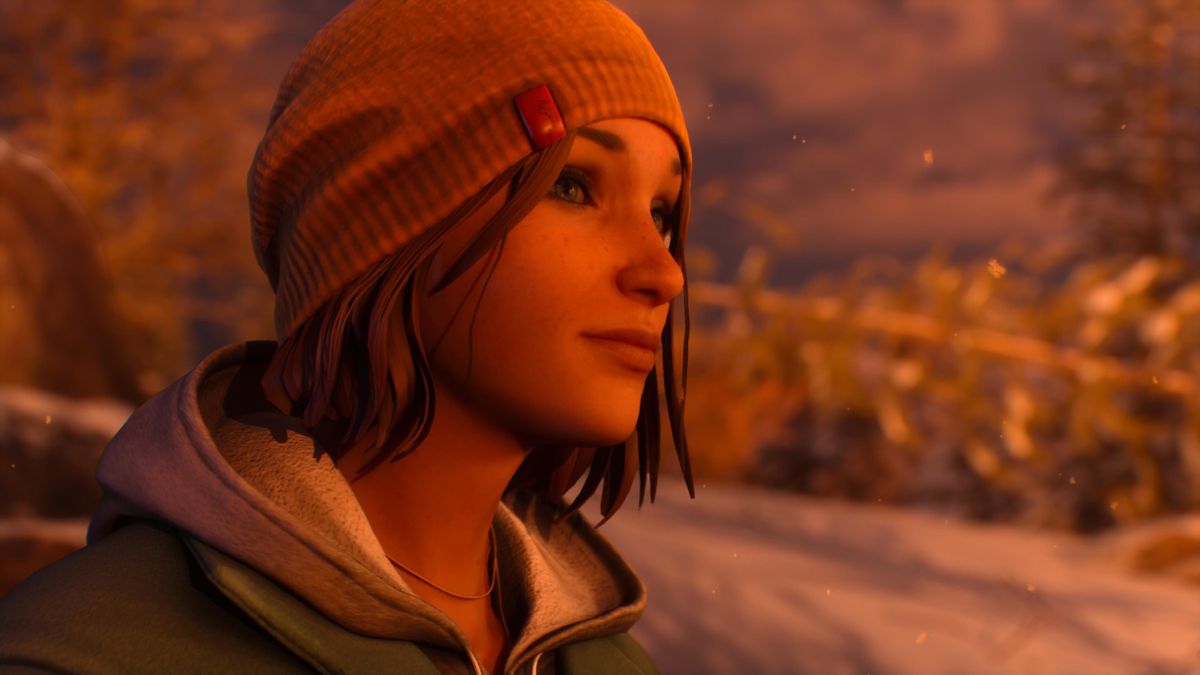
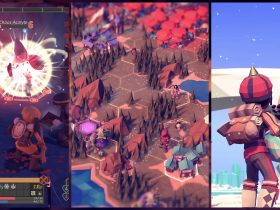

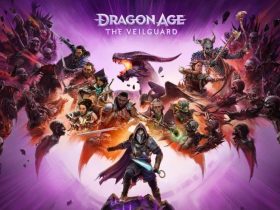
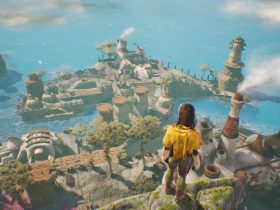
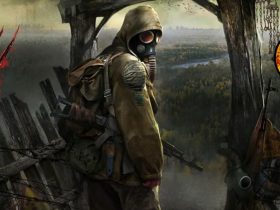
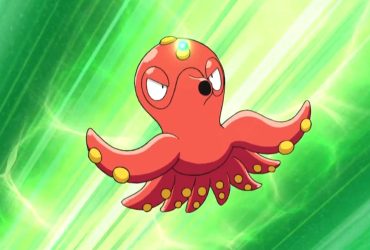
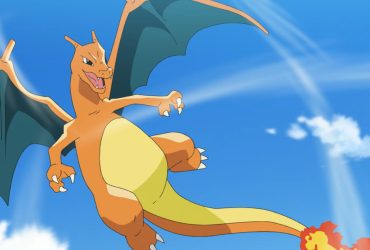
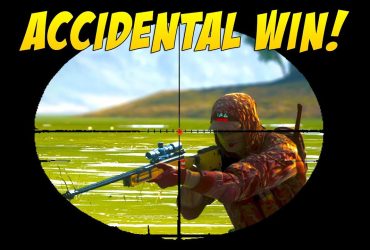

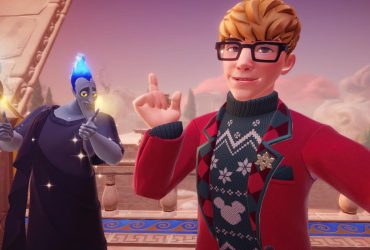
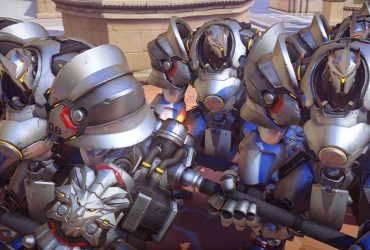
Leave a Reply